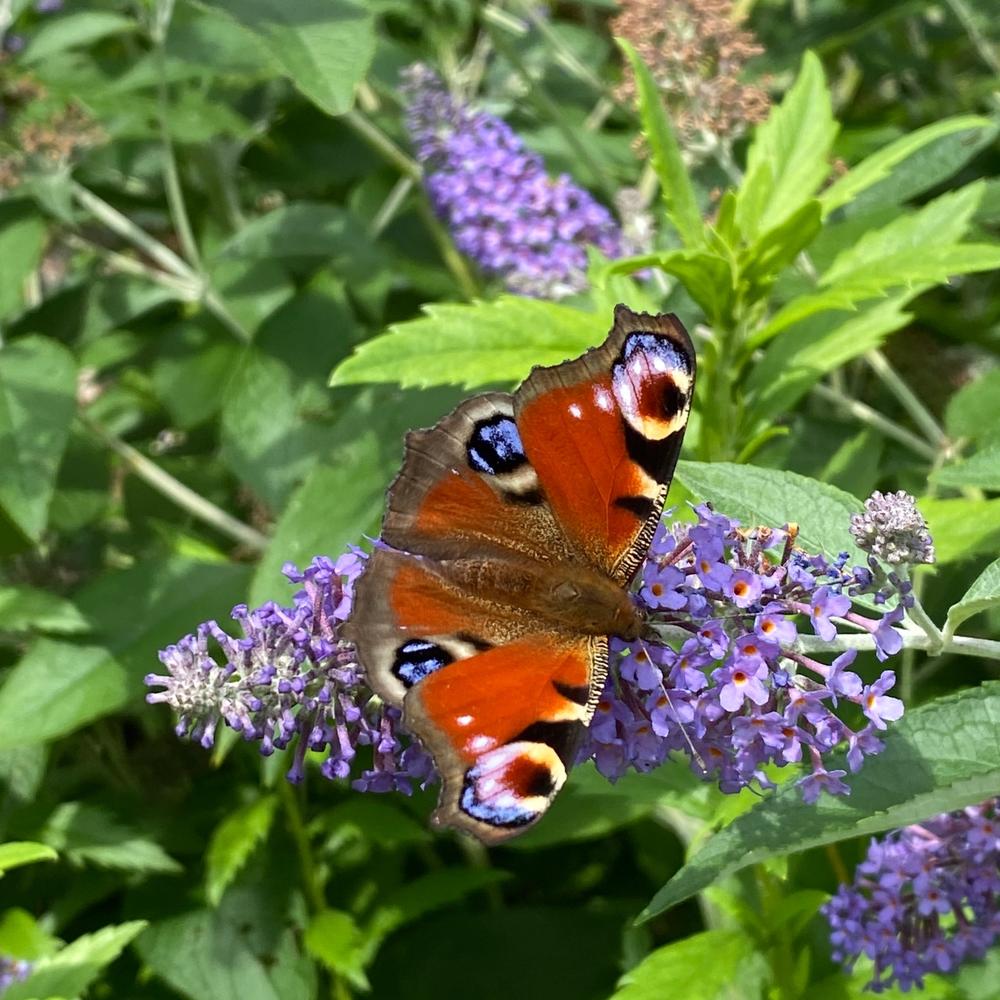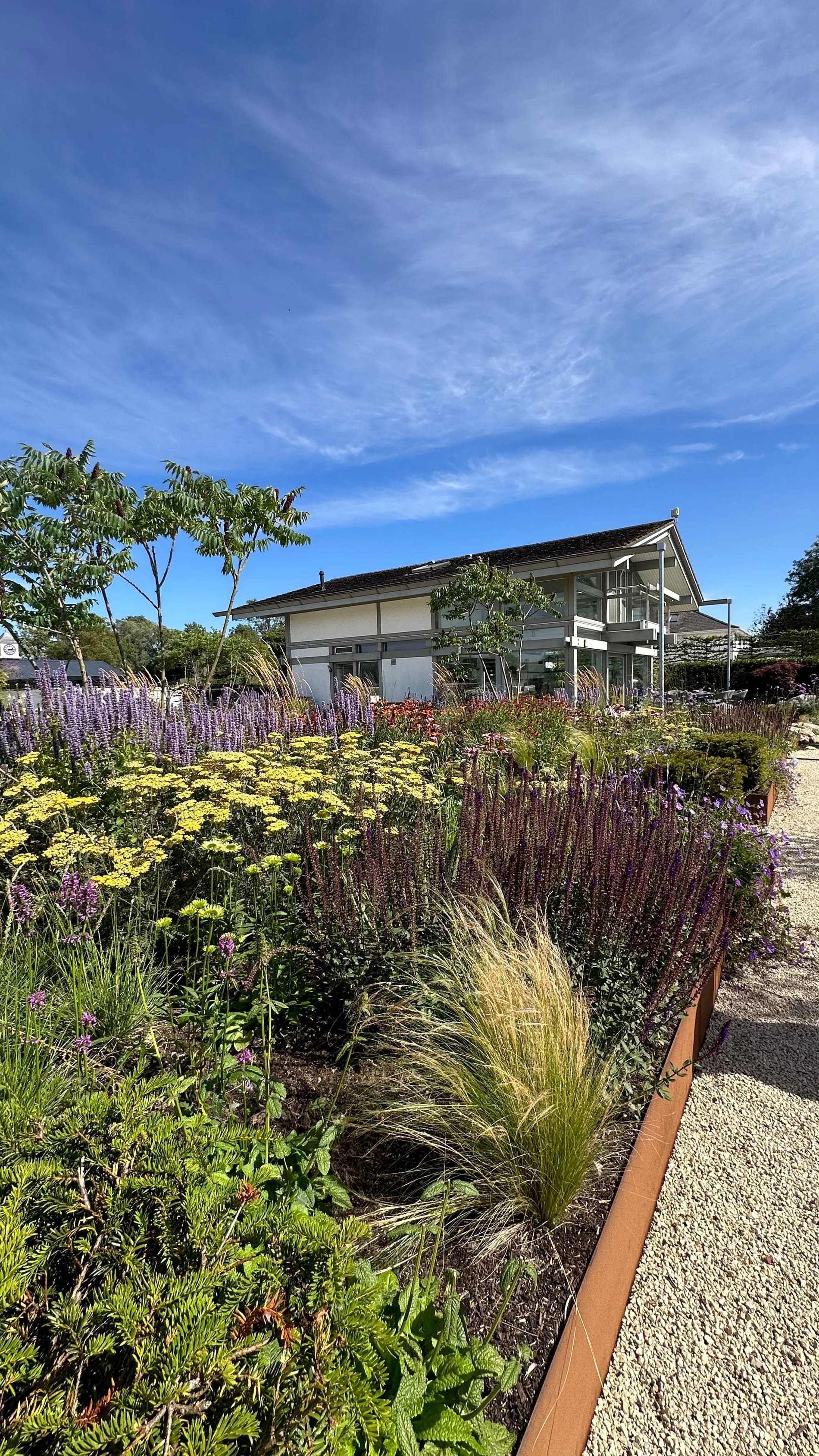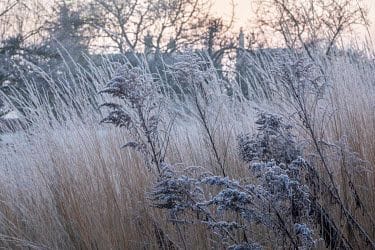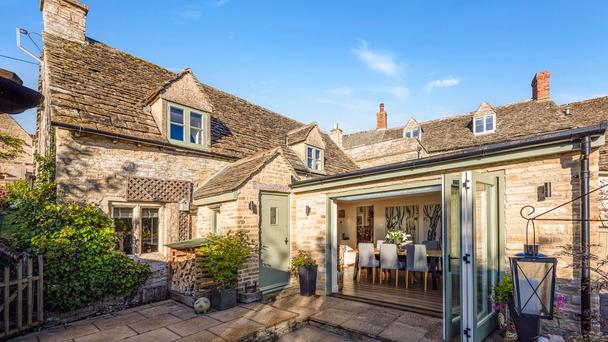
Creating A Wildlife Friendly Garden

As a garden designer and a garden owner we have a duty of care towards the environment to create wildlife-friendly gardens to promote biodiversity and minimize the environmental impact we humans are having on the world today.
Whether you have a courtyard garden, a cottage garden or acres of gardens there are many ways in which we can all play our part.
Designing a wildlife-friendly garden can be an exciting and rewarding project and will undoubtedly have a positive impact for many years to come. Before we dive into the planning phase of a design, we will carefully assess the site and the climate taking into consideration the size of the garden, its orientation and light levels – is it a sunny garden or a shady garden or both. Soil is absolutely key and my clients probably get bored of me banging on about soil (I could probably write an article on soil alone....perhaps I will!). Is your soil clay, sandy or loamy? Without knowing this plant selection is tricky and expecting a plant to thrive in poor soil conditions will end in a very sad garden.

Attracting wildlife is key - a simple and effective way to improve habitats for pollinating insects like bees and butterflies is to plant nectar rich plants such as lavender, echinacea, foxglove, asters and salvias. Try to avoid plants that have double or multi petaled flowers making it hard for pollinators to reach the nectar and pollen. Choosing native plants which are adapted to local conditions help support wildlife, aim for a pallet of plants that bloom throughout the year providing a continuous source of food.

The way we garden has changed and gone are the days when we “put to bed” our gardens for the winter leaving them looking uninspiring and empty. Don’t cut back those perennials and grasses and leave some leaves and twigs on the ground. They provide a crucial source of food and homes for overwintering insects and small creatures. I love that ‘crispy dead’ look on a cold frosty winter morning as the sun glistens off the seed heads, so why would we cut them down?
When it comes to lawns, perhaps we could all become a little less obsessed with having an immaculate lawn with perfect lines. A more natural lawn can be a haven for insects and small mammals, instead of a traditional mown lawn. Let sections of the lawn grow longer or turn part of it into a meadow incorporating a mix of wildflowers like clovers, oxeye daisies, buttercups and yarrow. I love creating meandering mown paths through wildflower meadows or longer grass to create a sense of journey as you walk through your garden. A carpet of early flowering spring bulbs such as snowdrops, aconites, Chionodoxa and Crocus could be allowed to naturalise in the longer grass to add seasonal interest and again attracting wildlife.

From a hard landscaping point of view it is important to consider the materials when designing your garden. Chelsea Flower Show this year was a great example of designers using many recycled/upcycled materials to reduce waste and carbon emissions. Choose permeable materials such as gravel and try to reduce the amount of paving which can contribute to flash flooding and prevent much needed water filtering back into the ground. Try to use locally sourced materials and where possible re use old materials on site by crushing unwanted concrete/paving which can then be used as a sub base rather than paying a fortune to have it removed off site.
Seasonal Tips
· Spring: Plant wildflowers, install nest boxes.
· Summer: Keep water topped up, avoid mowing all areas.
· Autumn: Leave seed heads, build log piles.
· Winter: Refill feeders, protect habitats.
Written By Sarah Henderson


Christmas In The Cotswolds
In December, the Cotswolds transforms into a festive wonderland, packed with Christmas events and festivities. Glide across the ice, sip wine at an award winning vineyard, sing along to carols, watch the town lights turn on, browse late-night shopping evenings, get creative at seasonal workshops, enjoy festive storytelling with Giffords Circus, and feel the thrill of Christmas racing at Cheltenham Racecourse.
Christmas In The Cotswolds
2025’s Best Sold Properties: Reflecting on an Exceptional Year of Sales
As 2025 draws to a close, Butler Sherborn is proud to reflect on what has been an incredibly successful year across the Cotswolds property market. Despite wider economic headwinds, demand for high-quality Cotswold homes has remained resilient, with buyers continuing to prioritise location, lifestyle and long-term value.
2025’s Best Sold Properties: Reflecting on an Exceptional Year of Sales
Market Comment
Despite the understandable inertia created by the Autumn Budget, November delivered a notably strong performance for Butler Sherborn, with over £11 million of quality Cotswold properties successfully sold. Buyer motivation was high throughout the month, with one in three viewings converting to an offer - the national average is about 10 viewings per offer.
Market Comment
Our Take on The Autumn Budget
The Chancellor, Rachel Reeves, delivered Labour’s long-awaited Autumn Budget this afternoon. In recent months, speculation has been rife about significant changes to Stamp Duty Land Tax (SDLT) and even the possible abolition of Principal Private Residence Relief for Capital Gains Tax (CGT) when...
Our Take on The 2025 Budget





